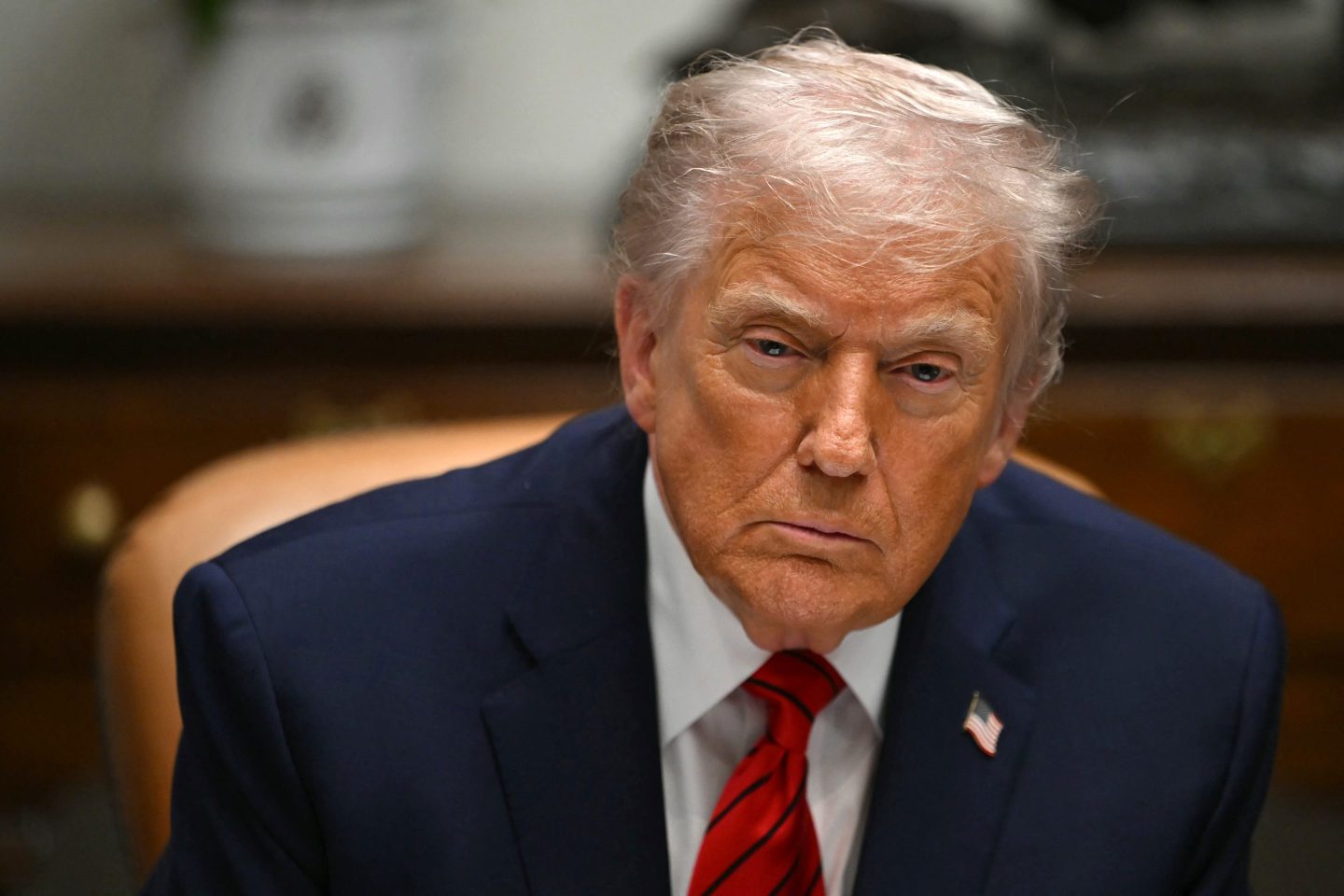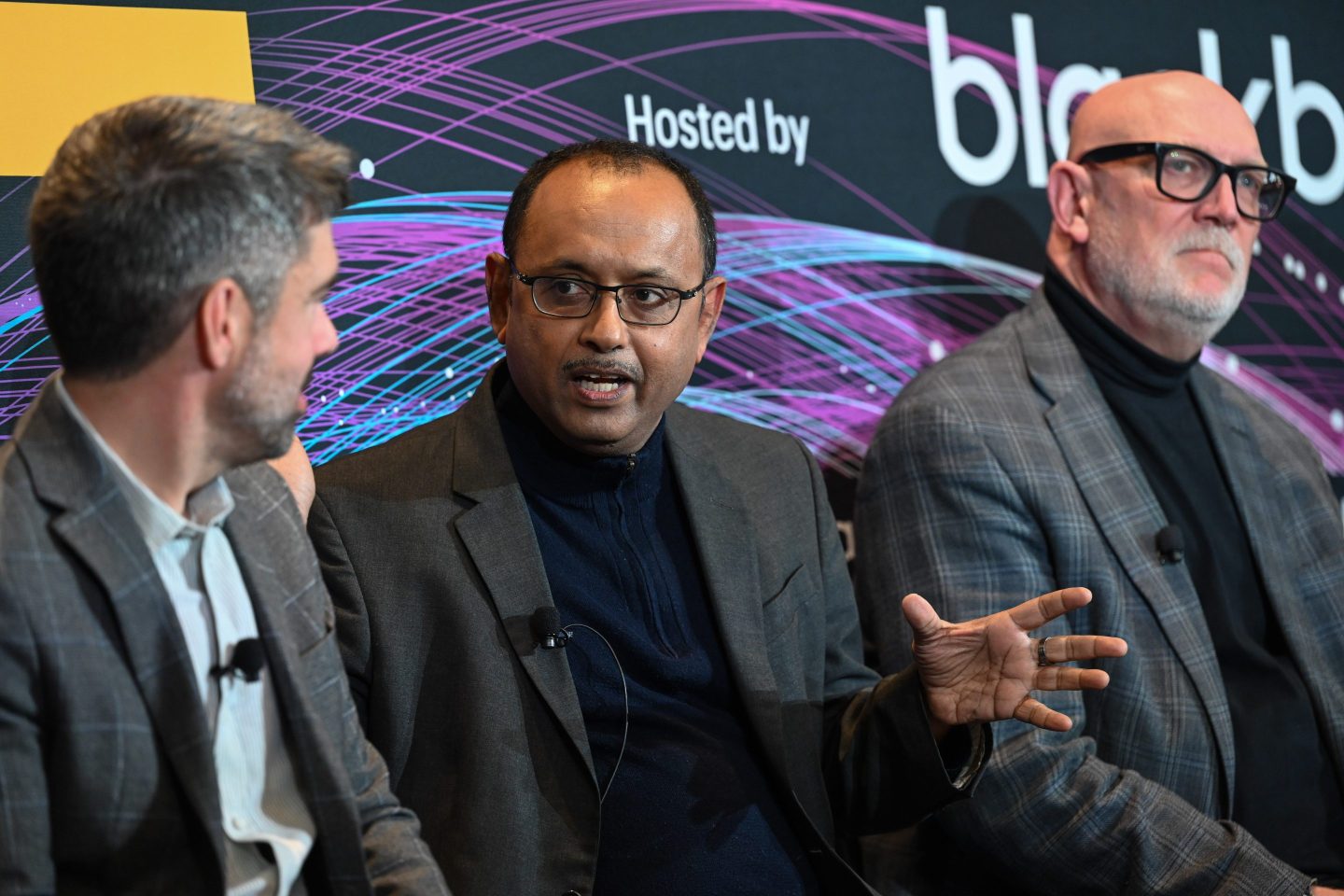Industrial robots—and the anxiety that they’re taking away jobs—can be found throughout the U.S. But they’re not spread out equally.
The Brookings Institute examined 2015 data from the International Federation for Robotics to measure the penetration of industrial robots into American industries as well as U.S. metropolitan areas. And by industrial robots, Brookings means automatically controlled and reprogrammable machines that are capable of replacing human labor.
Brookings makes some fascinating discoveries that help explain the level of distress and disillusionment in some metro areas.
The biggest user is—and by a large margin—the auto industry, which currently employs nearly half of the 233,305 industrial robots being used in the United States. That means the robots are concentrated in 10 Midwestern and Southern states, led by Michigan, where so much of the auto industry has set up factories. For example. Michigan, where General Motors and Ford, and the North American division of Fiat Chrysler Automobiles are based, accounts for nearly 28,000 robots, 12% of the nation’s total, according to Brookings.
The other largest concentrations are:
- Ohio with 20,400 robots, or 8.7% of the nation’s total
- Indiana with 19,400, or 8.3% of the nation’s total
Meanwhile, the entire West accounts for just 13% of the nation’s industrial robots, Brookings says.
Dig down to the city level and the data reveals that Detroit not only has more than three times the number of installed robots compared to other metros, it’s also seen some of the biggest explosions of growth. In 2010, there were 5,753 robots in the Detroit-Warren-Dearborn area. By 2015, those numbers leapt to 15,115 industrial robots in place, or 8.5 per 1,000 workers.
The upshot? There is a correlation between robot-laden metro areas and feelings of economic anxiety, particularly in such robot-exposed “red” states as Michigan, Wisconsin, and Pennsylvania where the presidential election’s outcome was determined, Brookings notes.
Brookings says it’s not suggesting robots determined the outcome of the 2016 election. But the think tank does make this point: difficult labor market transitions and anxiety brought on by industrial automation will be particularly noticeable in red-leaning states, where these robots are most concentrated.










